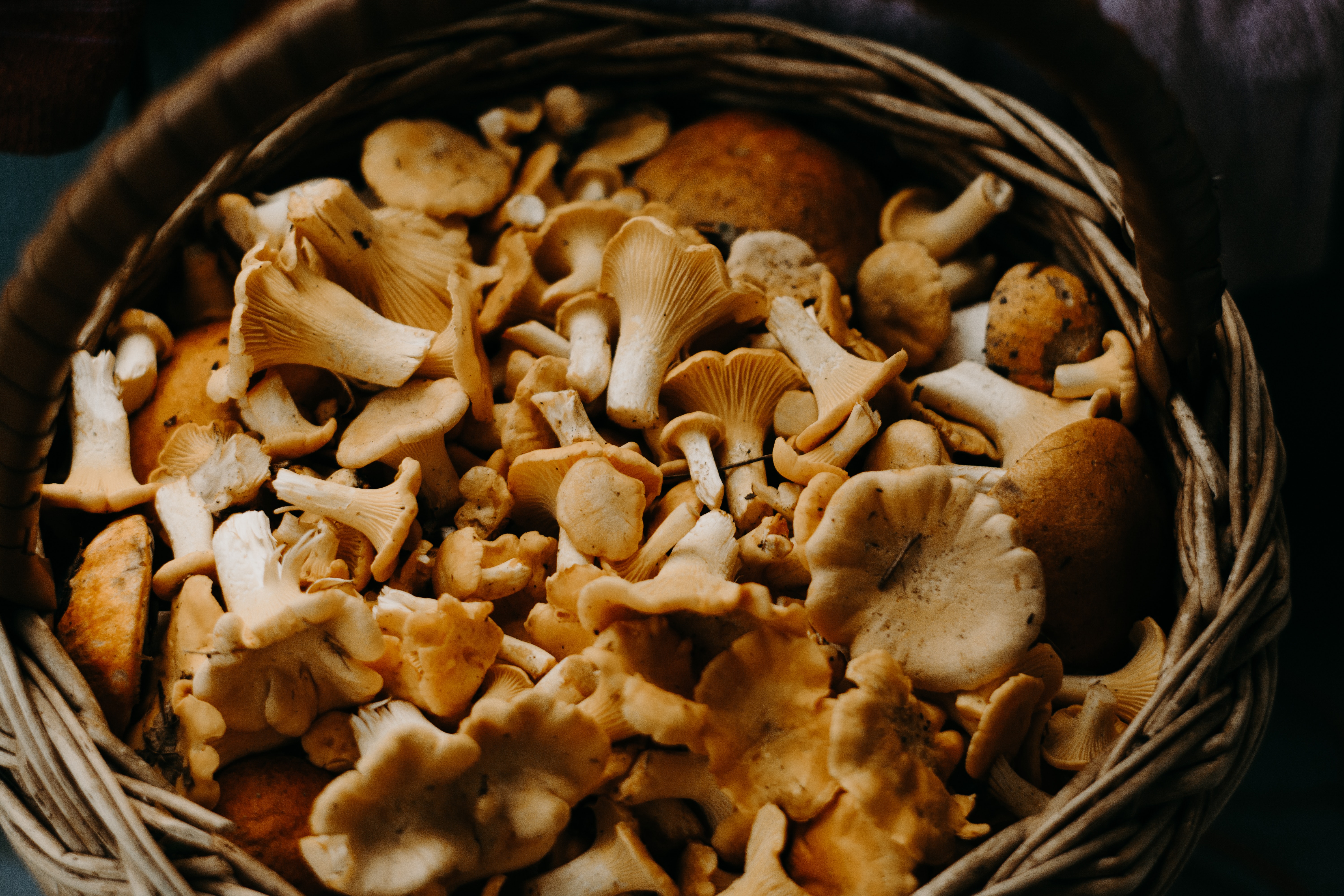Inhaltsverzeichnis
Es wird immer wichtiger, unser Immunsystem auf natürliche Weise zu stärken und uns vor schädlichen Krankheitserregern zu schützen. Eine der besten Möglichkeiten, dies zu tun, ist die regelmäßige Einnahme von Superfoods, die unser Immunsystem stärken und uns vor Krankheiten schützen. Eines dieser Superfoods ist Chaga, ein Pilz, der schon seit Jahrhunderten als Heilmittel verwendet wird.
Was ist Chaga und woher kommt er?
Chaga ist ein Pilz, der auf der Rinde von Birkenwäldern in den nördlichen Regionen der Welt gefunden wird. Es ist eine der wenigen nicht-giftigen Pilzarten, die als Nahrungsmittel verzehrt werden können. Seit Jahrhunderten wird Chaga als Heilmittel in Asien, Afrika und Europa verwendet. In den letzten Jahren hat sich Chaga zu einem der beliebtesten Superfoods entwickelt und hat sich zu einer globalen Sensation entwickelt.
Wie kann Chaga unser Immunsystem stärken?
Chaga ist eine der nährstoffreichsten Pilzarten und ist reich an Vitaminen, Mineralien und Antioxidantien. Es ist auch eine der besten Quellen für Beta-Glucan, einem natürlich vorkommenden Polysaccharid, das helfen kann, unser Immunsystem zu stärken. Chaga enthält auch eine Vielzahl von sekundären Pflanzenstoffen, die helfen können, Entzündungen zu reduzieren und das Immunsystem zu stärken. Chaga ist auch reich an essentiellen Aminosäuren, die unseren Körper bei der Produktion von Immunzellen unterstützen können.
Chaga und seine Heilkräfte: Wundheilung und vieles mehr
Chaga ist nicht nur reich an Nährstoffen, sondern kann auch bei der Heilung von Wunden helfen. Es hat eine starke antioxidative Wirkung, die helfen kann, die Heilung von Wunden zu beschleunigen und das Risiko von Infektionen zu senken. Auch wenn es noch weitere Studien benötigt, um diese Wirkungen zu bestätigen, ist Chaga ein wirksames Mittel bei der Heilung von Wunden.
Chaga ist auch ein hervorragendes Mittel zur Reduzierung von Entzündungen und kann helfen, allergische Reaktionen zu lindern. Es kann auch bei der Behandlung von Magen-Darm-Problemen, Diabetes und sogar Krebs helfen. Chaga ist auch gut für die Haut, da es helfen kann, die Haut zu regenerieren und zu straffen. Es kann auch helfen, das Risiko von Hautkrebs zu reduzieren.
Die Vorteile von Chaga in einer Tabelle
| Vorteil | Beschreibung |
|---|---|
| Stärkung des Immunsystems | Chaga ist reich an Vitaminen, Mineralien und Antioxidantien, die helfen, unser Immunsystem zu stärken. |
| Entzündungshemmend | Chaga kann Entzündungen reduzieren und helfen, allergische Reaktionen zu lindern. |
| Heilung von Wunden | Chaga hat eine starke antioxidative Wirkung, die helfen kann, die Heilung von Wunden zu beschleunigen. |
| Hautgesundheit | Chaga ist gut für die Haut, da es helfen kann, die Haut zu regenerieren und zu straffen. |
Wie kann man Chaga verwenden?
Chaga kann als Tee, Pulver oder Kapseln eingenommen werden. Chaga Tee ist eine der beliebtesten Möglichkeiten, Chaga zu verwenden. Es ist einfach zuzubereiten und schmeckt leicht nussig. Chaga Tee kann auch mit anderen Teesorten gemischt werden, um sein Aroma und Geschmack zu verbessern. Chaga Pulver kann auch in Smoothies, Getränke oder Säfte gemischt werden. Chaga Kapseln sind eine bequeme Möglichkeit, Chaga zu verwenden, da man sie überall und zu jeder Zeit einnehmen kann.
„Chaga ist ein wirksames Mittel, um unser Immunsystem zu stärken und unseren Körper vor Krankheiten zu schützen.“ – Dr. Jack Wolfson, Arzt und Autor.
Chaga ist ein leistungsfähiges Superfood, das bei der Stärkung unseres Immunsystems und bei der Heilung von Wunden helfen kann. Es ist auch reich an Nährstoffen und Antioxidantien, die helfen, Entzündungen zu reduzieren und das Immunsystem zu stärken. Chaga kann auf verschiedene Arten verwendet werden, um seine Vorteile zu nutzen, und ist eine wirksame Möglichkeit, unser Immunsystem zu stärken und uns vor Krankheiten zu schützen.








